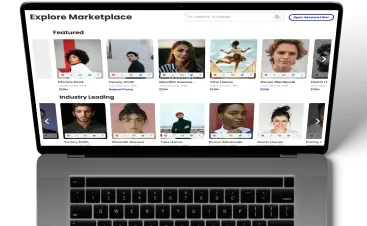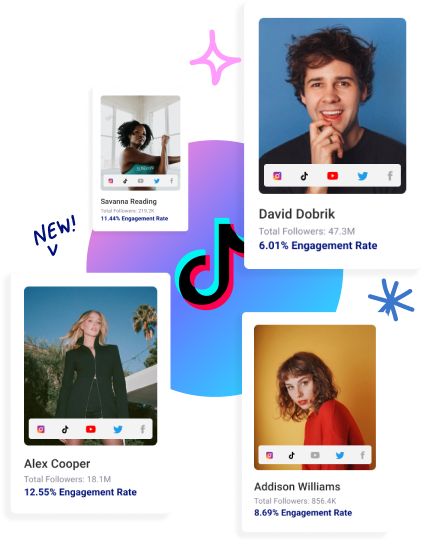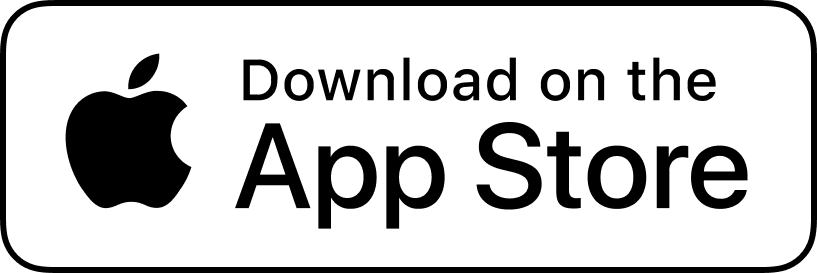What is Product Seeding (Influencer Gifting)?
Product seeding, often referred to as influencer gifting, is a marketing strategy where brands provide free products to influencers in exchange for organic exposure. It’s a cost-effective way for brands to introduce their products to a wider audience without formal contracts or paid sponsorships. The goal is to create authentic connections with influencers who genuinely appreciate the product, resulting in genuine recommendations and user-generated content. This approach is especially effective when working with an influencer marketing platform for agencies or brands.
Product Seeding Examples from E-commerce Brands
Many e-commerce brands have successfully leveraged product seeding to boost their visibility. Here are some trending examples from 2024:
Fenty Beauty
Rihanna’s beauty brand continues to dominate by gifting new product launches to various influencers, including micro-influencers and TikTok creators. This strategy has led to viral unboxing videos and makeup tutorials.
Lululemon:
The athletic apparel brand seeds products to fitness influencers on Instagram and YouTube, often incorporating challenges or fitness routines to showcase their gear in action. These posts resonate with health-conscious audiences.
Casetify:
Known for customizable tech accessories, Casetify frequently collaborates with tech and lifestyle influencers, sending them exclusive designs. Their recent campaign for eco-friendly cases garnered significant traction in sustainability circles.
Starface:
This skincare brand became a TikTok sensation by sending their fun, star-shaped acne patches to Gen Z influencers. The quirky product design and organic content boosted both brand awareness and sales.
Glossier:
Glossier often seeds products to beauty influencers with smaller but highly engaged audiences. Their minimalist packaging and high-quality products consistently result in glowing reviews and tutorials.
Each of these examples highlights how targeted product seeding fosters organic exposure and creates lasting impressions, making it a key strategy in influencer marketing.
Benefits of Product Seeding
Product seeding offers several advantages, including:
- Authentic Endorsements: Unlike paid campaigns, product seeding allows influencers to share genuine opinions about your product.
- Cost-Effective Marketing: By gifting products instead of paying for posts, brands can reach audiences at a lower cost.
- Increased Reach: Influencers often share their experiences with gifted products across multiple platforms, amplifying your brand’s visibility.
- User-Generated Content: Brands gain valuable content that can be repurposed for their own marketing efforts.
- Enhanced Credibility: Followers are likelier to trust an influencer’s genuine enthusiasm for a gifted product.
- Building Long-Term Relationships: Product seeding can help establish rapport with influencers, leading to future collaborations and ambassadorships.
- Improved Targeting: By choosing influencers with specific niche audiences, brands can effectively target their ideal customer base.
How Product Seeding Works
Here’s a step-by-step guide to implementing product seeding:
1. Identify Influencers
The first step in a successful product seeding campaign is identifying the right influencers. Use an influencer marketing platform for agencies or brands to discover influencers who share your brand’s values and cater to your target audience. Platforms like Glewee allow you to filter influencers by engagement rates, audience demographics, and content style. Focus on both macro and micro-influencers for a balanced approach. Micro-influencers often have more engaged audiences, while macro-influencers provide a broader reach.
2. Build a Relationship
Before reaching out, engage with the influencer’s content. Like, comment, and share their posts to show genuine interest. Building a relationship before introducing your product makes your approach feel less transactional and more authentic.
3. Craft Personalized Outreach
Send a personalized message introducing your brand and highlighting why the influencer is a great fit. Tailor your pitch to their interests and explain how the product aligns with their audience. For instance, if you’re a skincare brand, mention how your product can complement their beauty routines or address their skin concerns.
4. Ship the Product
Package your product in an appealing and branded way. The unboxing experience is crucial for creating a memorable first impression. Include a personalized note, usage instructions, or even a discount code for their followers. Timely delivery is essential to maintain excitement.
5. Follow Up
After the product has been delivered, follow up with the influencer to confirm they received it. Express interest in their thoughts about the product but avoid pressuring them to post. Building rapport is key to fostering organic content creation.
6. Encourage Content Creation
While posts aren’t guaranteed, you can gently suggest ways they could showcase the product. For example, you might provide ideas like unboxing videos, tutorials, or creative uses of the product. Offering inspiration without being pushy often leads to better results.
7. Monitor and Measure Results
Use analytics tools to track mentions, tags, and user engagement. Measure the campaign’s effectiveness by evaluating reach, likes, comments, and conversions driven by influencer content. Many influencer marketing platforms provide detailed insights into campaign performance.
8. Build Long-Term Relationships
Product seeding is not a one-time effort. Continue to nurture relationships with influencers to create long-term partnerships. Consistent engagement fosters loyalty and ongoing collaboration, which can lead to ambassadors for your brand.
Frequently Asked Questions (FAQs)
-
What is the purpose of product seeding?
Product seeding helps brands build organic exposure by sending free products to influencers who, in turn, create genuine content and endorsements, enhancing brand visibility and trust.
-
How do I choose the right influencers for product seeding?
Focus on influencers whose audience aligns with your target demographic. Use tools like influencer marketing platforms to evaluate their engagement rates, content style, and authenticity.
-
Is product seeding only for large brands?
No, product seeding is beneficial for businesses of all sizes. Small and medium brands can achieve significant results by collaborating with micro-influencers who have highly engaged communities.
-
Do influencers have to post about gifted products?
Influencers are not obligated to post about gifted products unless explicitly agreed upon. However, brands can encourage posts by providing appealing products and maintaining strong communication.
-
How can I measure the success of a product seeding campaign?
Track metrics like social media mentions, tags, engagement rates (likes, comments, shares), and conversions. Use analytics tools to evaluate the ROI of your campaign.
-
What products are best suited for seeding?
Products that are visually appealing, unique, or solve specific problems perform well in seeding campaigns. Examples include skincare products, tech gadgets, and stylish accessories.
-
How can I make my product seeding stand out?
Focus on presentation and personalization. Branded packaging, handwritten notes, and exclusive perks like early access can make your product memorable.
Conclusion
Product seeding is an invaluable tool in the influencer marketing arsenal, offering brands a low-risk way to engage with audiences authentically. By leveraging influencer gifting and collaborating through platforms tailored for agencies and brands, companies can maximize their reach and build lasting connections with their target demographics. Start seeding today to unlock new growth opportunities for your brand.










